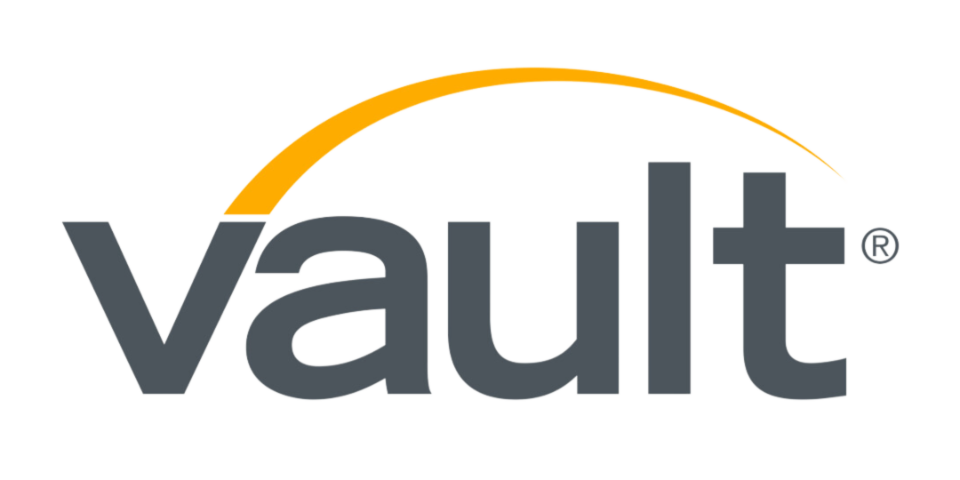How to Solve Market Sizing Questions: Consulting Interview Skills
Published: Jun 02, 2017

We've saved the best for last in this 3-part guide to doing mental math in interviews: the vaunted market sizing question. (Part 1 was on basic tips and frameworks, and part 2 was on calculating growth rates).
While every consulting recruiting process is a little different, market sizing questions are one of the incontrovertible truths—they always come up! Again, this makes perfect sense too because the McKinsey, BCG and Bains of the world are continually hired to help companies size opportunities, launch new markets and new product lines. Clearly, market sizing is a critical part of all those exercises. Let’s look at a sample problem.
Sample: Your client is a US based, consumer facing healthcare company that makes a variety of products, including toothbrushes, mouthwash and dental floss. In the last five years, it extended its reach into Europe, offering toothbrushes there for the first time. They’d now like to break into the European dental floss market as well. As a result, they’d like you to help them size the EU market for dental floss.
Tackling market sizing is a complicated task, but we have two key tips which will make it significantly easier:
- Selecting a starting point
- Estimate frequently
Starting point
Selecting the right starting point for a sizing exercise is key.
Essentially, there are two options: bottom-up or top-down.
Using our sample above, a bottom-up approach might start by trying to estimate how much floss a single European woman would use (then man, child, etc) and then scaling up to the full market.
The reverse approach, top-down, would start with the whole EU population and then whittle itself down.
While both approaches can work, unless you have a very strong rationale for doing bottom-up, we highly recommend top-down. Why? The core reason is that a top-down approach successfully sacrifices some granularity in order to ensure you capture the full extent of the market.
For example, say we use bottom-up for our sample question, the EU dental floss market. Once we’ve calculated how much a single consumer will spend on dental floss, we need to scale up. The question is: by how much? To simplify, maybe you’ll assume that since France, Germany and the UK are the largest EU countries, you’ll calculate the markets in each and sum them. It’s totally understandable why you wouldn’t want to separately scale up for ~25 different European countries, but here is the rub: even though Germany, France and the UK are the three biggest EU countries, they’re still only ~40% of the EU population. You’ll miss 60% of the market!
On the top-down approach, you will sacrifice granularity (e.g. you won’t know the total floss market in France), but you’ll be sure to capture all the other EU countries that make up that critical 60%!
Estimate frequently
In market sizing cases, estimation and rounding is your best friend. You can, and should, use this tool frequently. It might seem like a shortcut, but in most cases your interviewer will actually give you more credit (not less!) for smart estimation than working with messy numbers accurately. Why? Well, consultants often need to drive to a directionally accurate answer very quickly. The precision is less important than getting a quick, reasonably accurate read on the situation.
Returning to our example: let's say that, using the top-down approach, you determine that there will be 400M packets of dental floss purchased each year. You ask your interviewer what the average price of a packet of floss is and she says: €2.37. A very reasonable rounding would be to round up to €2.50, but before you do the calculation, you must do one key thing: tell your interviewer what rounding assumption you are making! Unless you’re proposing a crazy rounding (e.g. rounding 375M to 100M or something similar), your interviewer will be fine with it.
Thus, your final estimate will be €1,000M. Now, the precise estimate would be €948M, but that’s not a material difference and the former was significantly easier to calculate!
And that's all there is to it! Hopefully these posts have helped to take some of the mystery and stress out of the mental math required for the consulting case interview. Good luck out there!
Kenton Kivestu is the Founder and CEO of RocketBlocks, an online platform that helps students prepare for case interviews. Prior to RocketBlocks, he worked as a strategy consultant in BCG's San Francisco Office, launched online ad platforms at Google and led the Zynga mobile poker franchise. He has successfully navigated hundreds of case interviews himself and believes that the case interview is an important recruiting tool that helps simulate the on the job experience. He started RocketBlocks to help candidates hone their analytical skills so they can put their best foot forward on interview day. Kenton graduated as an Echols Scholar with distinction from the University of Virginia and holds an MBA from the Tuck School of Business at Dartmouth.
